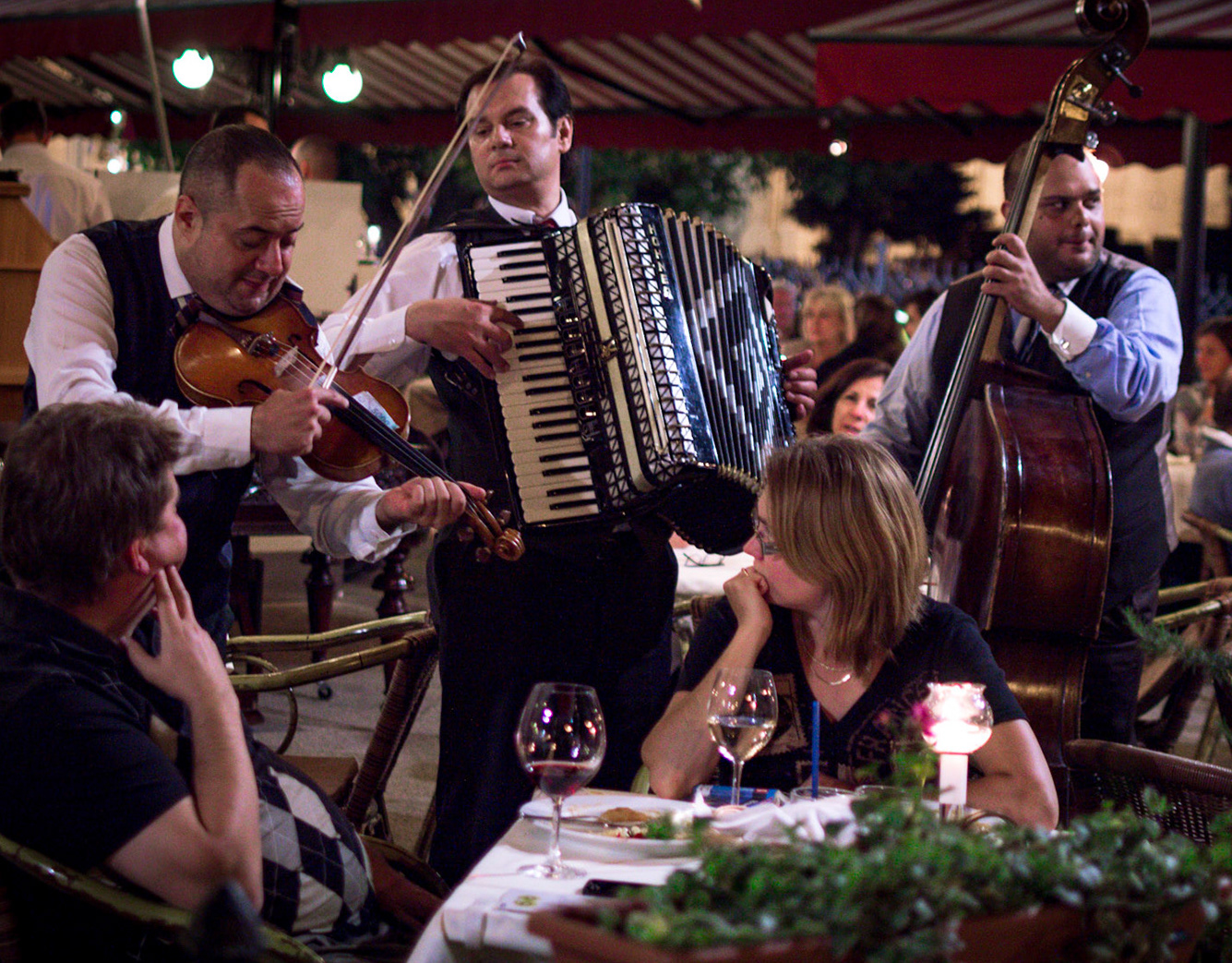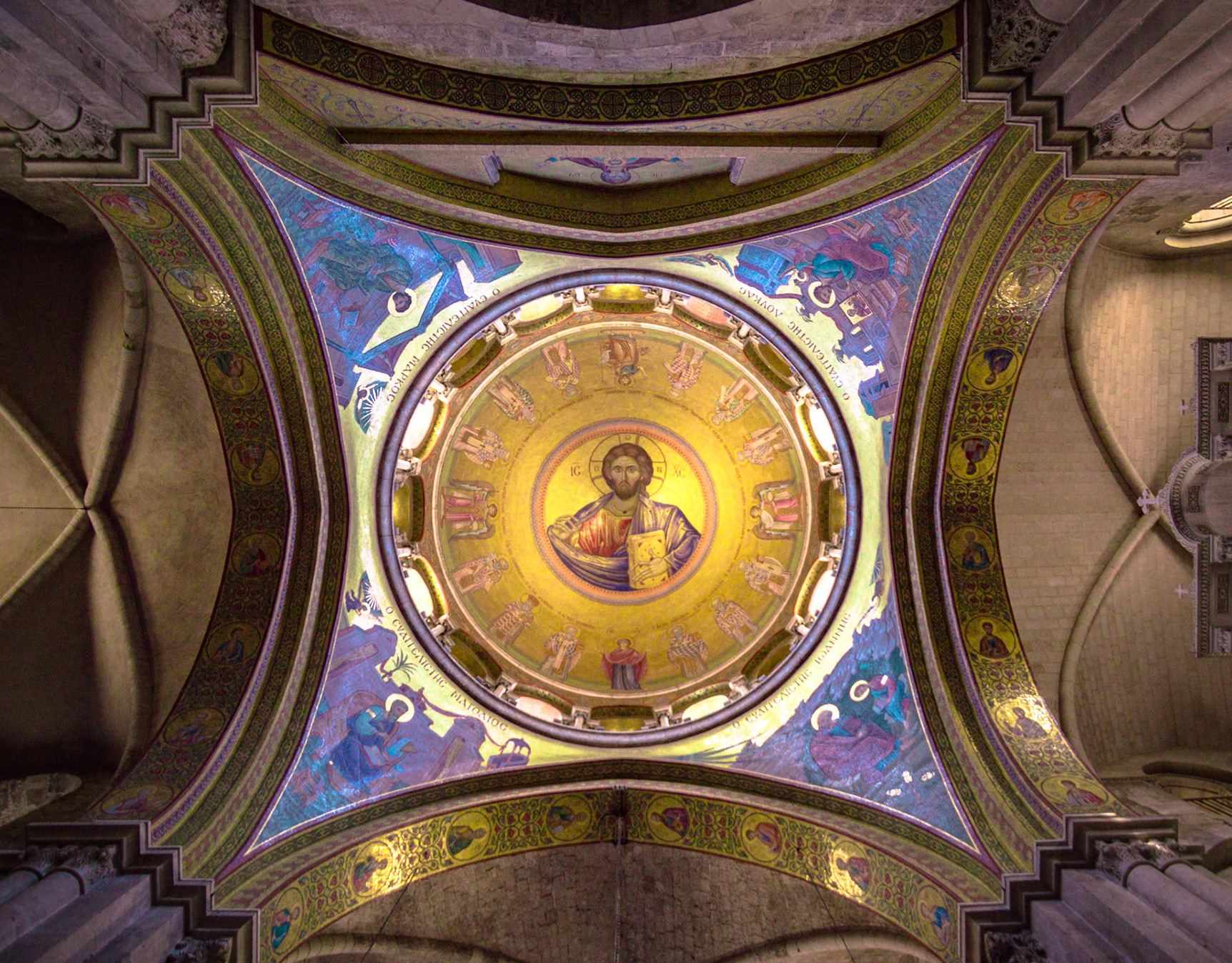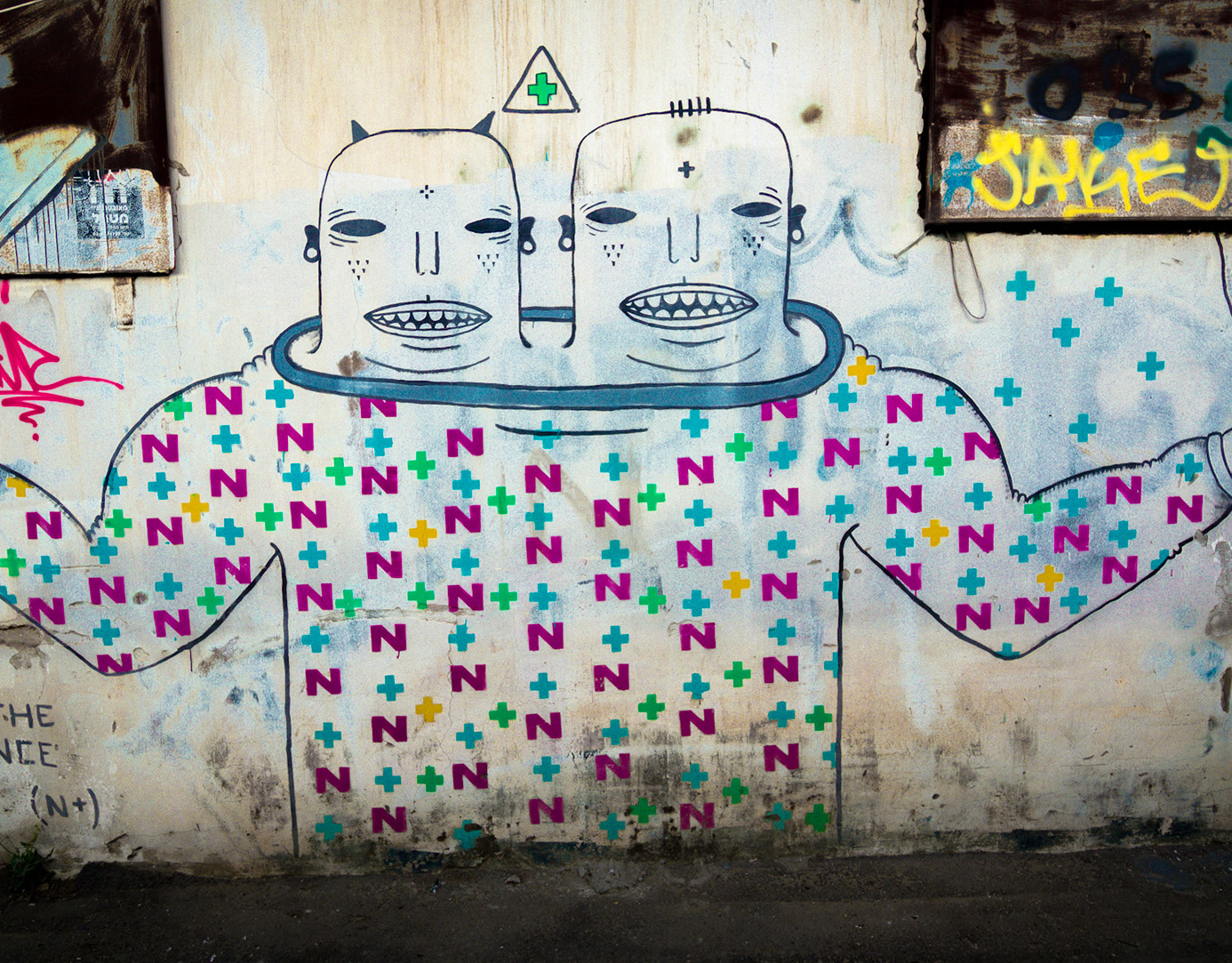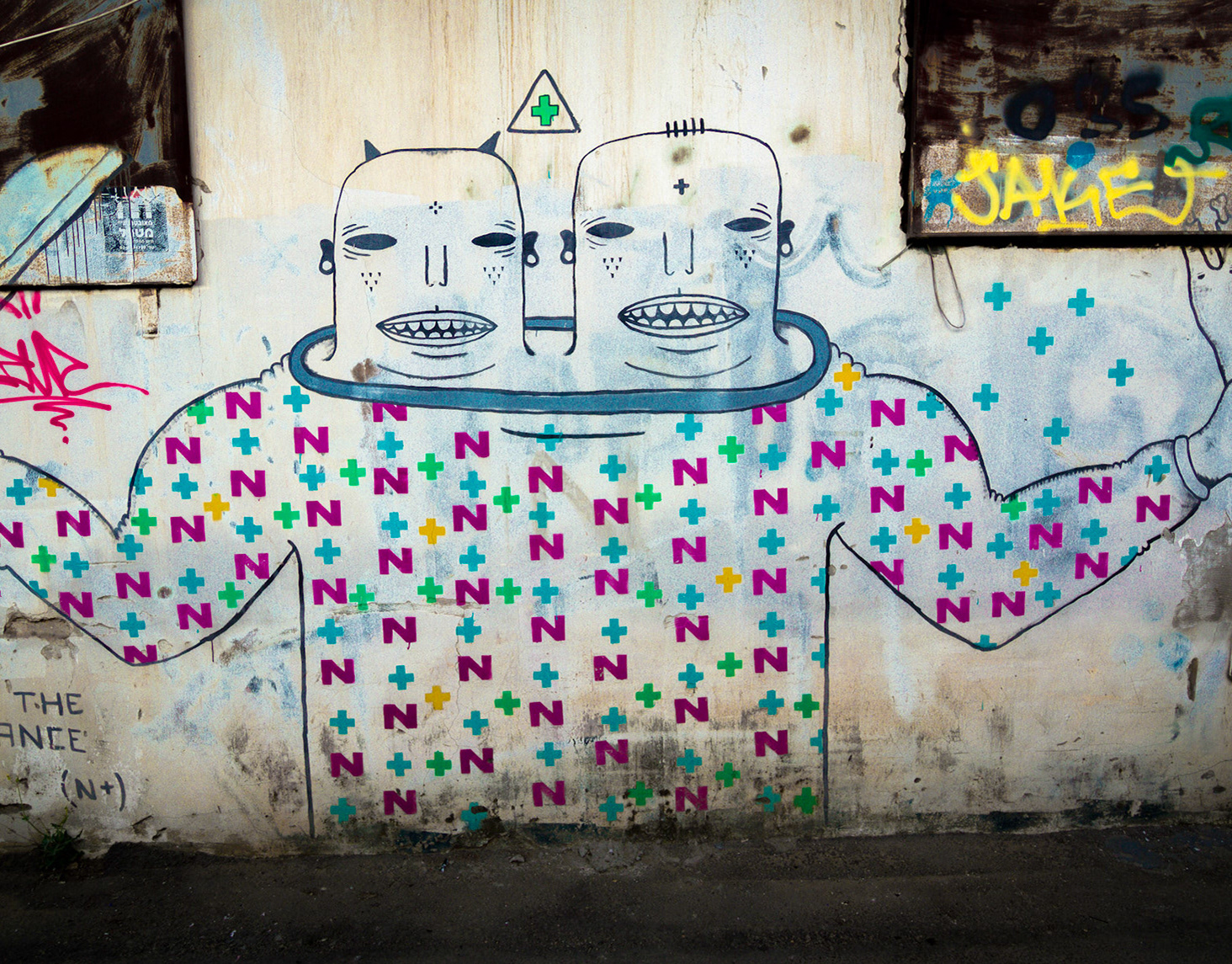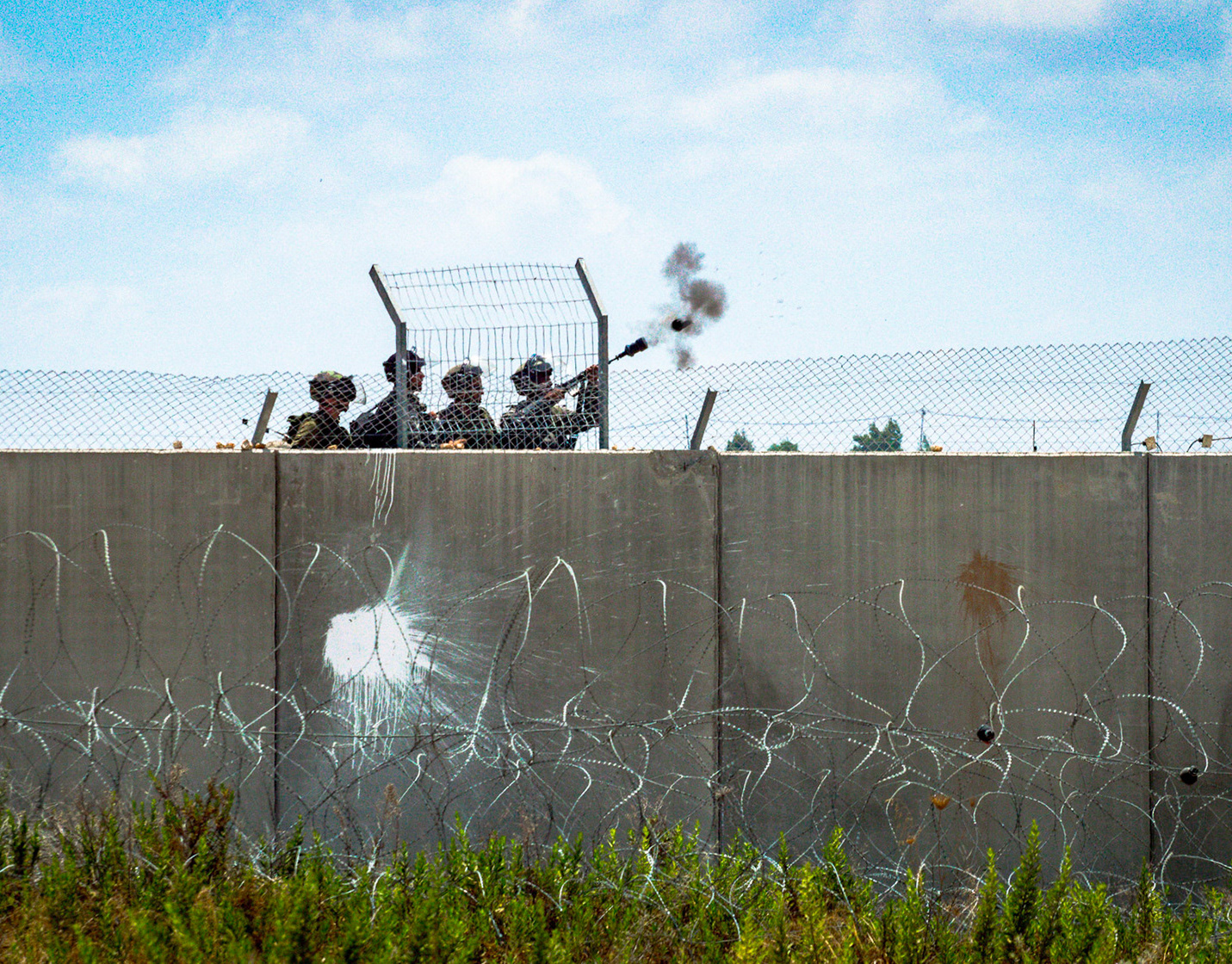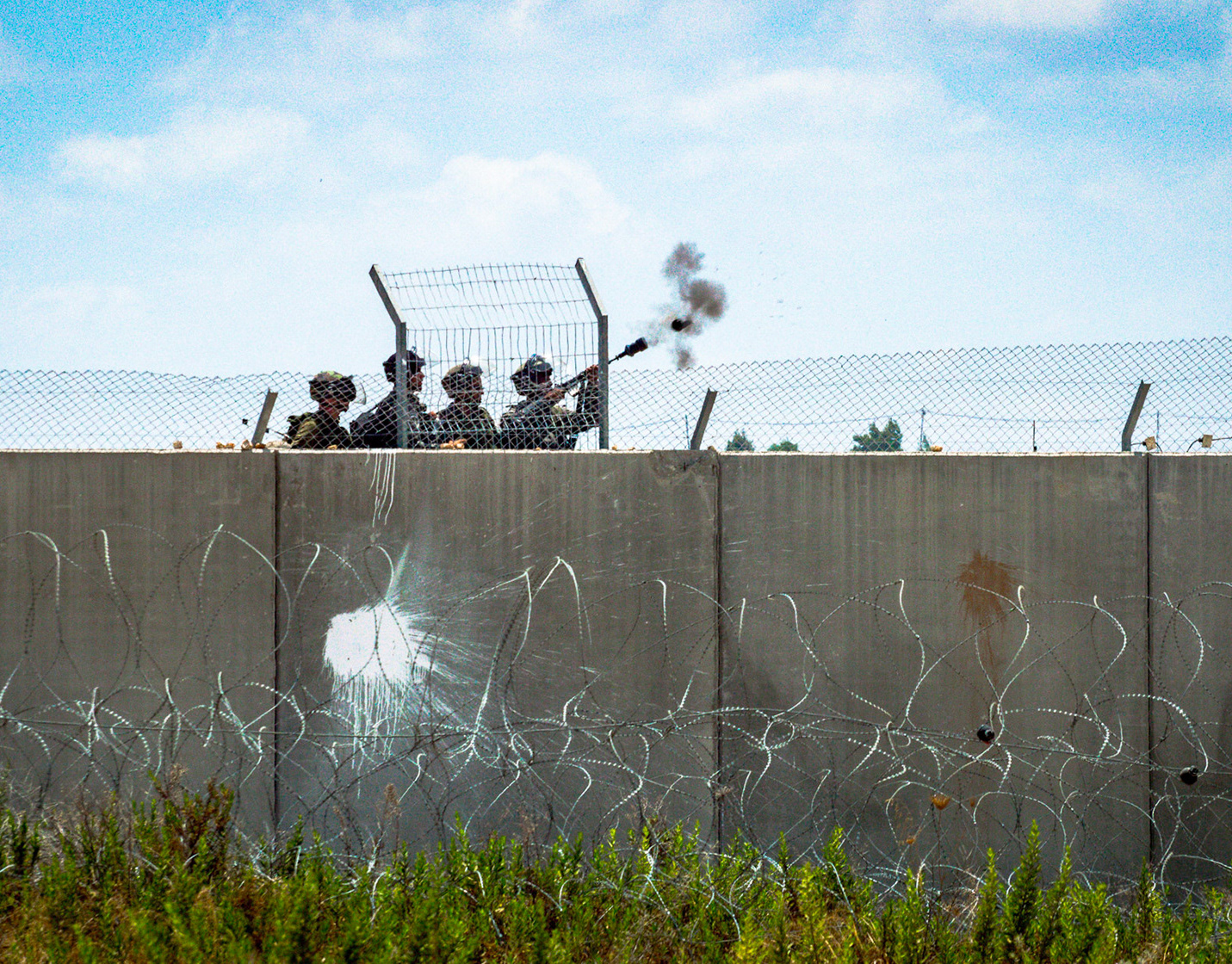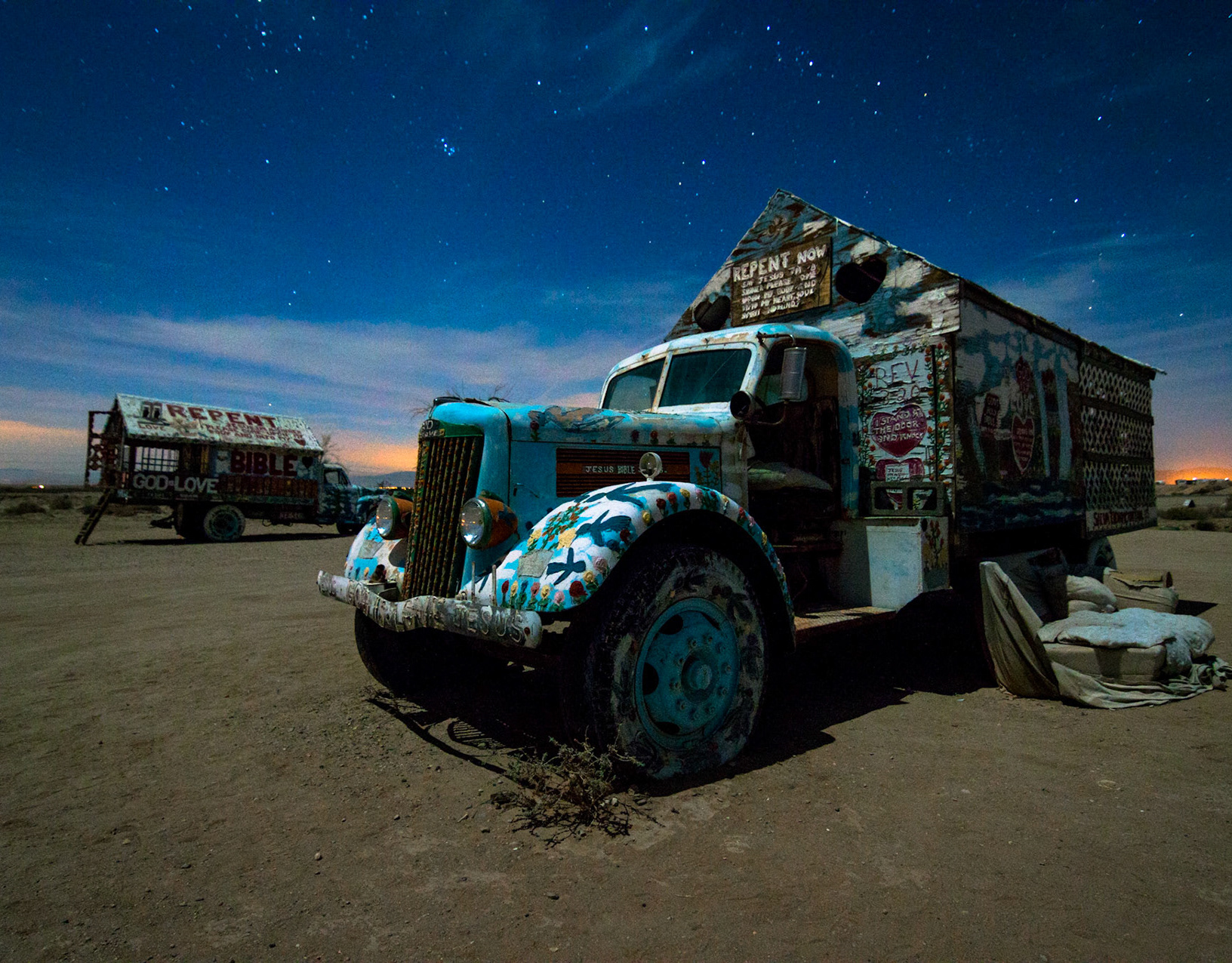Prague Castle
Brno Ossuary
The Brno Ossuary is an underground ossuary in Brno, Czech Republic. It was rediscovered in 2001 in the historical center of the city, partially under the Church of St. James. Brno's Ossuary is the second largest in Europe, behind Paris' catacombs. An estimated 50,000 people's remains are here.
The red tinted bones indicate the person died from the plague, yellow tinted bones indicate the person died from cholera.
St. Vitus
The St. Vitus Cathedral in Prague is the biggest and most important church in the Czech Republic. It is located within the Prague Castle and contains the tombs of many Bohemian kings and Holy Roman Emperors.
The Cathedral in its current form dates back November 21, 1344. Along with religious ceremonies, the coronations of Czech kings and queens also took place within the cathedral.
Bohemian Glass
Bohemia crystal is glass produced in the regions of Bohemia and Silesia, now parts of the Czech Republic. It has a centuries long history of being internationally recognized for its high quality, craftsmanship, beauty and often innovative designs.
Bohemia, a part of the Czech Republic, became famous for its beautiful and colorful glass during the Renaissance. The history of Bohemian glass started with the abundant natural resources found in the countryside.
Bohemian glass-workers discovered potash combined with chalk created a clear colorless glass that was more stable than glass from Italy. In the 16th century the term Bohemian crystal emerged for the first time in history to distinguish its qualities from the glass coming from other places. This Czech glass could be cut with a wheel. In addition, resources such as wood for firing the kilns and for burning down to ashes were used to create potash. There were also copious amounts of limestone and silica.
In the 17th century, Caspar Lehmann, gem cutter to Emperor Rudolf II in Prague, adapted to glass the technique of gem engraving with copper and bronze wheels. During the era, the Czech lands became the dominant producer of decorative glassware and the local manufacture of glass earned international reputation in high Baroque style from 1685 to 1750.
Czech glassware became as prestigious as jewelry and was sought-after by the wealthy and the aristocracy of the time. Czech crystal chandeliers could be found in the palaces of the French king Louis XV, Maria Theresa, Empress of Austria, and Elizabeth of Russia.
Bohemia turned out expert craftsmen who artfully worked with crystal. Bohemian crystal became famous for its excellent cut and engraving. They became skilled teachers of glass-making in neighboring and distant countries.
Glass artisanship remained at a high level even under the Communists because it was considered ideologically innocuous and it helped promote the good name of the country.
Mummified Monks
There are some incredibly interesting things hidden below ground in Brno, the second largest city in the Czech Republic. Below the Capuchin Monastery lies a handful of mummies, dating back to the 17th century. These mummies are the bodies of Capuchin friars (monks). Their mummification may have been a happy accident, with the composition of the dirt in this room and the naturally dry air currents in the crypt allowed these bodies to become mummified, rather than decompose over the centuries.
Changing Guard
Outside the Prague Castle, you will find these men. They are there day and night, every day of the year. They are the Prague Castle Guard. Their mission is to guard and defend the seat of the President of the Czech Republic at the Prague Castle.
In 1990, after the Velvet Revolution and when the communist regime ended, Václav Havel, the first President of the Czech Republic wanted his guards’s uniforms to be different from the khaki ones the communists wore and the basic ones found in neighboring countries.
Theodor Pistek was the man chosen for the job. Theodor Pistek is a Czech born artist and costume designer who designed the costumes for the 1984 film Amadeus for which he won an Academy Award for Best Costume Design. These uniforms he designed for the Castle guards in the 1990s are the same in use to this day!
The uniforms change throughout the year, alternating between a summer uniform and a winter uniform. There are a few things that do not change though. The gun in their hands, their gold belt, and the Czech coat of arms which is embroidered onto each hat and top, are always the same.
The Castle Guard is a Brigade-equivalent military unit with total strength of 672 soldiers, including 81 commissioned officers, 75 senior non-commissioned officers, 377 junior non-commissioned officers, 77 enlisted personnel along with 43 civilian employees.
The area they protect is nothing short of amazing. The Prague Castle is the largest ancient castle in the world, occupying a space nearly 750,000 square feet in size. Construction of the Castle began in the year 870!
Being such a unique piece of history, it is no wonder that it is the most popular tourist destination in Prague, with more than 1.8 million visitors passing by these Castle Guards every year!

